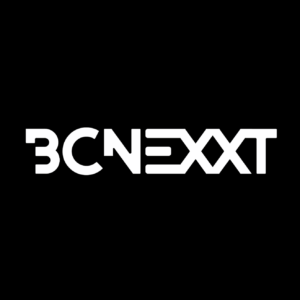Yospace – Monetising Euro 2024 with dynamic ad insertion

Paul Davies, Head of Marketing, Yospace
The 2024 edition of the UEFA European Football Championship was one of the most streamed sporting events of all time. The month-long pan-European tournament attracted a global audience. The spectacle of nations pitted against each other in a series of make or break knockout matches had viewers on the edge of their seats.
Yospace monetized the event with dynamic ad insertion across four continents, the data from which provided a unique global view of streaming trends and their impact on advertising as each moment of drama unfolded.
In this article, I’m presenting two matches from the tournament that demonstrate some of the biggest challenges in streaming and monetizing major events using addressable advertising. They highlight some of the pain points to prepare for if you’re running an advertising-supported live streaming business.
With streaming set to become the primary method of watching and monetizing live television, the scale that rights-holders need to support is only going to grow from here. Hopefully, this article will provide a valuable guide to the digital advertising challenges that lie ahead.
Quarter Final: Portugal 0-0 France (France win on penalties)

The match: With footballing superstars Kylian Mbappe and Cristiano Ronaldo facing each other, there was a lot of hype for this last 16 knockout tie. Unfortunately, it was a disappointingly dull spectacle as France struggled to find the form that had earned them the billing of tournament favorites. There were no goals during the 90 minutes of normal time nor the extra 30 minutes of extra time. A penalty shoot-out added some late drama to what was otherwise a very forgettable game.
Viewers: The audience built slowly from the start and grew during each successive period of the match (first half, second half, extra time, penalties) as the prospect of a single goal became more decisive to the outcome. Viewer numbers increased sharply during extra time and reached a crescendo for the end of the penalty shoot-out.
Advertising: The slow build of viewers during this game meant that the ad views became progressively higher for each break. The peak audience came during the penalty shoot-out and the ad break right before was the most popular of the match, attracting 42% more viewers than the previous ad break. In a win for broadcasters, this ad break was unscheduled – it took place beyond the usual set of ad breaks you’d see in a 90-minute football match – so it resulted in extra ad revenues on top of what had been planned for.
Unscheduled breaks pose questions for the adtech. With audiences rising at a rapid rate, the dynamic ad insertion system had to ensure many millions of addressable ad requests were processed in sufficient time to deliver maximum fill rates. Otherwise, the ad server may not have had time to process all the requests, resulting in timeouts and blank slates. The rights-holder would have missed out on the most valuable ad revenue opportunity of the match.
Semi Final: Spain 2-1 Germany (after extra time)

The match: Germany, the tournament hosts, were on the verge of going out when Florian Wirtz’s wonder goal levelled the match in the 89th minute and took the game into extra time. With the game destined for a dreaded penalty shoot-out, Spain recovered to score the winner in the very last moments of the extra time.
Viewers: The CTV audience grew steadily throughout the match as the drama unfolded. Mobile was more changeable, with sudden surges in viewership cming after each goal, as casual fans switched on anytime they heard of a big moment. Mobile traffic reached a peak with Germany’s last-minute equalizer.
Advertising: The ad break at the final whistle of normal time suddenly increased in value as it came moments after Germany’s last-gasp goal to keep them in the game. The goal drove the audience for the ad break up 33% compared to other games in the knockout stages of the competition.
This increase is in stark contrast to matches that were decided during normal play, without dramatic endings, which typically saw a 25% decrease in ad views at full time compared with half time. A game that seemed destined to end at 90 minutes with a lower value ad break suddenly burst into life and delivered the biggest uplift for an ad break in the whole tournament.
To effectively monetize major sporting events, dynamic ad insertion systems must be able to cope with scale (often across multiple geographies) and extreme fluctuations in viewing habits.
Moreover, because dynamic ad insertion sits at the intersection of streaming tech and adtech, if well architected, it can play a critical role in managing and optimizing the performance of the ad server.
As the TV industry moves towards an all-IP future, the scale we saw during Euro 2024 is set to increase substantially. We will see even greater fluctuations in traffic as matches on a knife-edge are streamed by the vast majority of viewers.
Applying a dynamic ad insertion strategy that delivers maximum value through addressability, while ensuring the best viewer experience during the most thrilling moments, is vital to future success.









